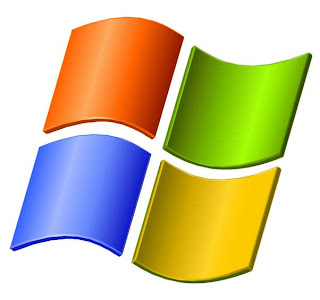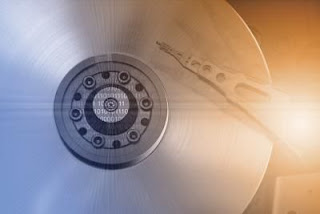Many a times when we forgotten the Windows XP Administrator password in our home or office system.
There are few steps that will easily reset your Administrator password in Windows XP.
Here we go with the steps.
- Boot your system with the Windows XP Setup CD.
A screen will come up to welcome you, then you'll have an option to accept the EULA agreement, etc - proceed as required.
- Then you will get an option to install fresh XP or "Repair your existing Windows XP installation". Choose to Repair by pressing R.
- It will then start the repair process by first copying files the files needed.
- In a few minutes, the setup will begin to restart your system and when it restarts remember NOT to press any key when it shows Press any key to continue. Else setup will start from the beginning.
Don't press any key and setup will resume from where it stopped.
- It will start doing other tasks and will show a small progress bar with a few details in left hand corner.
- Look carefully at the details and when it shows Installing Devices remember to press Shift key + F10 key in your keyboard.
- This will open up a Command Prompt window. Now type nusrmgr.cpl and press the Enter key.
- This opens up the User Accountswindow which you normally get in the Control Panel.
You can now easily reset any account's password.
A screen will come up to welcome you, then you'll have an option to accept the EULA agreement, etc - proceed as required.
Don't press any key and setup will resume from where it stopped.
You can now easily reset any account's password.




